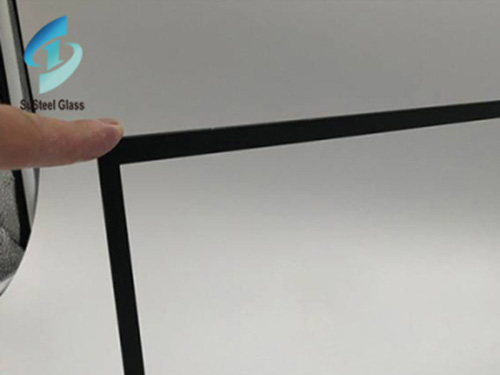
Translucent glass has emerged as a versatile and captivating architectural element, offering a perfect blend of aesthetics and functionality. With its ability to transmit diffused light while maintaining privacy, this innovative material has revolutionized the way we design and construct buildings.
Translucent glass, also known as frosted or obscured glass, possesses a unique property that allows light to pass through while obscuring the view. This is achieved through various techniques such as sandblasting, acid etching, or applying professional films. The result is a visually appealing material that diffuses light, creating a soft, inviting ambiance while ensuring privacy.
One of the primary advantages of translucent glass is its ability to maintain privacy without compromising natural light. Whether used in windows, doors, or partitions, it obscures direct visibility while allowing soft light to permeate the space. This makes it an ideal solution for areas where privacy is desired, such as bathrooms, meeting rooms, or office cubicles.
The diffused light transmitted through translucent glass creates a gentle, ethereal glow, imparting a sense of tranquility and elegance to any space. It adds a touch of sophistication to interior design and architectural elements, making it a popular choice for contemporary and modern styles.
Translucent glass can be customized to suit various design preferences. It comes in a range of textures, patterns, and opacity levels, allowing architects and designers to achieve their desired aesthetic effects. From subtle frosted finishes to intricate designs, translucent glass offers endless possibilities for creative expression.
Another advantage of translucent glass is its ability to maximize natural light while minimizing heat gain. By diffusing sunlight, it reduces glare and minimizes the need for artificial lighting during the day, thereby lowering energy consumption and improving the overall sustainability of a building.
Translucent glass has undoubtedly become a game-changer in modern architecture, offering a delicate balance between privacy and light diffusion. Its ability to transform the ambiance of a space while adding aesthetic appeal has made it a favorite choice for architects and designers alike. With its versatility, functionality, and timeless elegance, translucent glass continues to shape the way we design and experience buildings, creating captivating environments that are both visually striking and inviting.
 The Beauty and Utility of Thin Glass Sheets: Applications and Advantages
The Beauty and Utility of Thin Glass Sheets: Applications and Advantages
 The Strength and Versatility of Thick Glass Sheets
The Strength and Versatility of Thick Glass Sheets
 Breaking Boundaries: The Evolution and Applications of Ultra Thin Glass
Breaking Boundaries: The Evolution and Applications of Ultra Thin Glass


